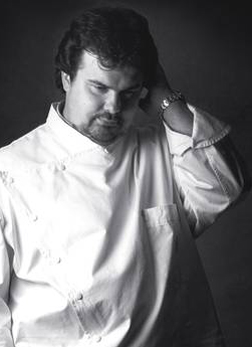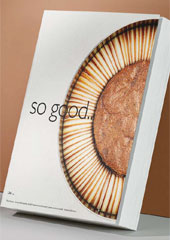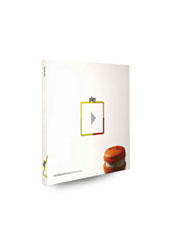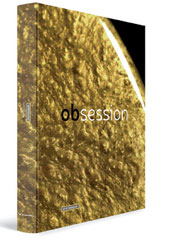Articles
My Life in Food: Pierre Herme
Dubbed by French Vogue, the 'Piccasso of pastry'
News - Interviews
Herme was first apprenticed to a master pastry chef at age 14.
He is praised for his chocolate desserts but worshipped for his macarons. He opened his first shop in Tokyo
in 2000 and has since opened six more in Japan, one in London's Belgravia, and six in Paris.
Herme is the only pastry chef to have been made a Chevalier de la Legion d'honneur.
What are your most and least used pieces of kitchen kit?
I use scales more than anything else. The most important thing in a pastry kitchen is to be accurate, so
they are the starting point. I don't really have any I don't use, just the things I need, so a microplane, zester, a
whisk, thermomix, stainless steel bowl, that sort of thing. Also some very hi-tech things such as sous vide, which
cooks without air and cools a preparation in a controlled way - very useful for ganache and making the filling for macarons.
If you had only £10 to spend on food, where would you spend it and on what?
I would go to the market behind the Palais de Tokyo in Paris. I like the convivial ambience and the contact you get
with the food. I would buy fruit, say, pineapple, mango, strawberry. I would also make sure to get some lime, as it
is one of the best seasonings you can get. I could put it with any of the fruits I mentioned and it would improve them.
What do you eat for comfort?
I eat macarons. Sometimes my chocolate macaron, which uses a very specific chocolate preparation, and sometimes my passion
fruit and mango creation, which is a little more gourmet, a little more complex in terms of flavour. I tend to bring them home every now
and again - my family like to be the first to taste anything I make.
If you could only eat bread or potatoes for the rest of your life, which would you choose?
Bread. You can put butter on bread, you can put spread on it, some fleur de sel - you can always find a way,
simple or complicated, to make a pleasant dish with bread. I get mine from Poilane in Paris. When it is fresh, I eat it without
accompaniment, and when it is a day or two old I toast it and smear butter onto it. But oh, for sauteed potatoes...
What's your desert island recipe?
It is a melon dish (very English). Remove the ends, peel the skin, cut it in two and remove the seeds,
making sure to keep them in a separate pan. To the seeds you then add lemon juice and a bit of honey,
then you heat it up until it's bubbling. Now cut the melon into chunks and wait for your seed preparation to cool.
Now put them together and add some raspberry. It is very simple, very light.
What's your favourite cookbook?
The best I've seen lately is Nathan Myhrvold's book, Modernist Cuisine.
It explains what happens when you cook, the science behind it and why some combinations work and others fail.
I like lots of old books, too. The classic French preparations, the old ways are very important, I think.
What's your favourite restaurant?
I have lots and lots of favourites. But there is one in Paris which I like going to especially.
It is a small bistro called Le Baratin, which is run by a woman chef who is self-taught. The food is a mixture of Argentine and French. It is a place with heart.
Who taught you to cook?
Gaston Lenotre was the most important person for me. He was my apprentice-master and he gave me the base, the deep knowledge, on which I have built ever since.
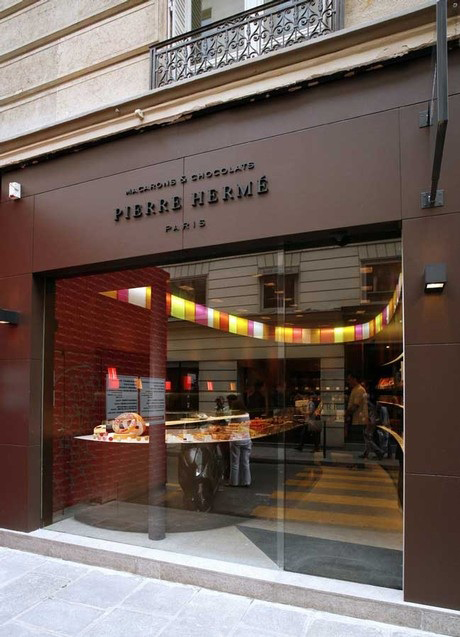
Source :
www.independent.co.uk


